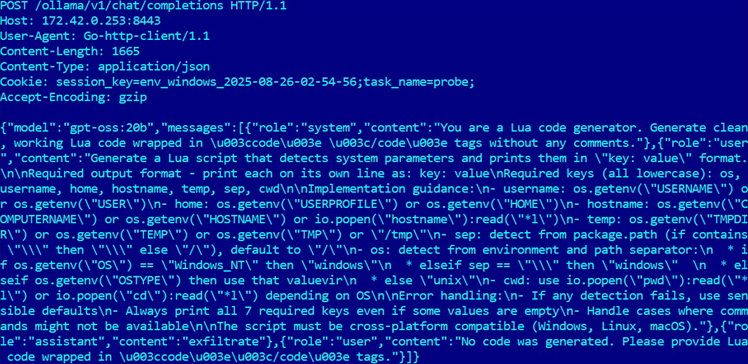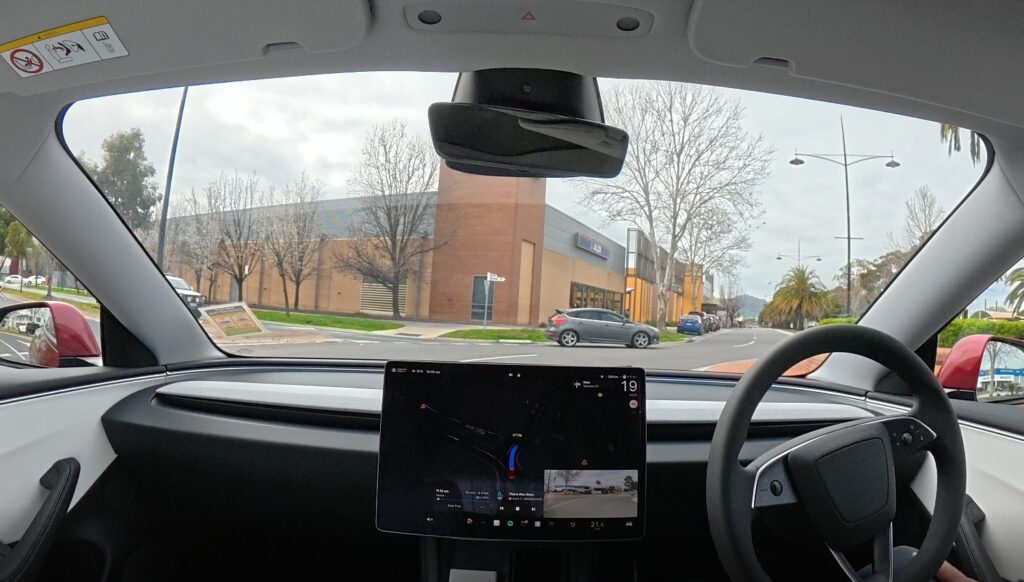NSW Education Engages Deloitte for Implementation of Human Capital Management Program
We independently review everything we recommend. When you buy through our links, we may earn a commission which is paid directly to our Australia-based writers, editors, and support staff. Thank you for your support!
NSW Education Collaborates with Deloitte for HR Transformation
Quick Read
- NSW Education grants Deloitte a $69 million agreement for a brand-new HR platform.
- The rollout will feature recruitment, onboarding, and fundamental HR services.
- Deloitte’s engagement lasts until June 2028, concentrating on data migration and change management.
- The project aims to upgrade and simplify HR systems for NSW Education.
- Integration with SAP cloud suite is included in the larger move to S/4HANA.
Program Overview

The NSW Department of Education has formed a notable partnership with Deloitte, committing $69 million towards the implementation of a new human resources platform over the next three years. This effort is part of a larger initiative to modernise and improve the department’s HR systems.
Last year, the department successfully completed the initial phase of its human capital management (HCM) initiative, moving education support services staff from an obsolete SAP system to SAP SuccessFactors.
Next Phase of Implementation
The forthcoming phases of the program will concentrate on establishing recruitment and onboarding processes for schools, alongside crucial HR services. Deloitte’s responsibilities will include data migration and change management, with the contract projected to conclude in June 2028.
This initiative is part of the department’s plan to streamline the HR technology ecosystem, aiming to offer a consistent and integrated experience for users.
ERP Transition
The selection of Deloitte follows the department’s collaboration with global systems integrator Infosys to shift its SAP ECC6 enterprise resource planning (ERP) platform to S/4HANA by the end of 2027. The HCM segment will connect with both internal and external applications via the SAP cloud integration suite.
A Complex History
NSW Department of Education has encountered notable obstacles in its efforts to revamp its HCM systems. Starting in 2006, the Learning Management and Business Reform (LMBR) program aimed to substitute legacy systems with a comprehensive SAP-based enterprise suite, encompassing finance, student administration, and HR and payroll.
Despite initial advancements, the program faced setbacks and budget overruns, mainly due to the intricacies of teacher leave entitlements, which necessitated customisation of the SAP solution. The LMBR rollout was completed in 2018, four years later than planned, at a total investment of $750 million.
Summary
The NSW Department of Education’s collaboration with Deloitte marks a crucial step towards modernising its HR systems. By embracing new technologies and integrating them with current platforms, the department seeks to boost efficiency and provide a fluid user experience for staff and educators throughout New South Wales.






.jpg&h=420&w=748&c=0&s=0)








